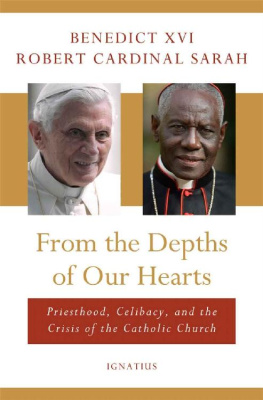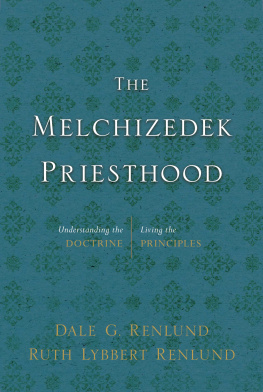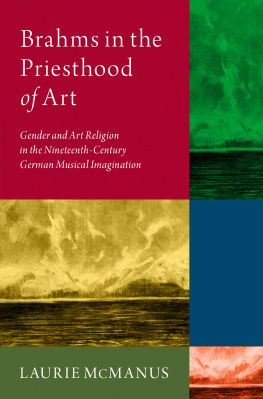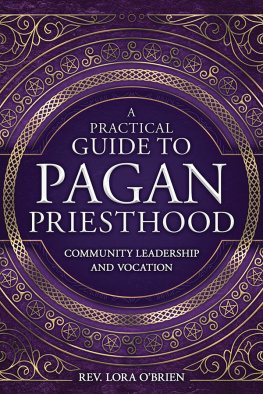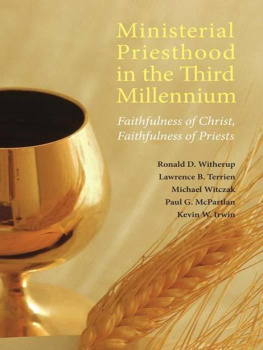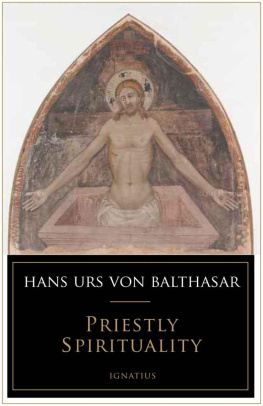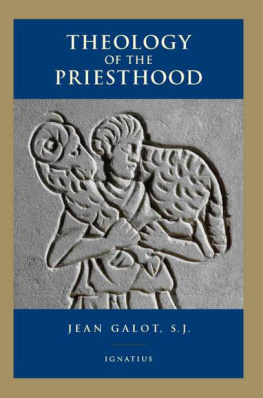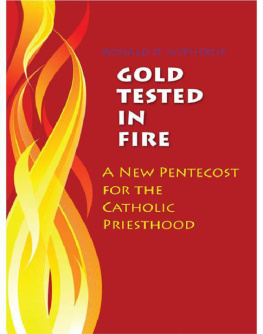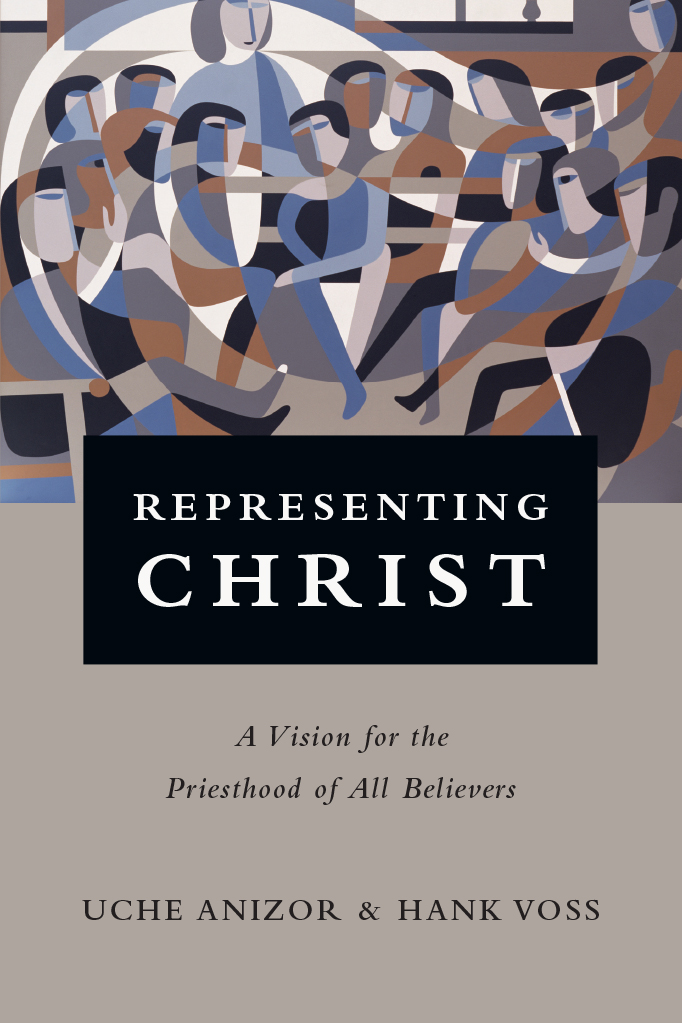REPRESENTING
CHRIST
A Vision for the Priesthood of All Believers
UCHE ANIZOR & HANK VOSS

InterVarsity Press
P.O. Box 1400,
Downers Grove, IL 60515-1426
ivpress.com
2016 by Uche Anizor and Hank Voss
All rights reserved. No part of this book may be reproduced in any form without written permission from InterVarsity Press.
InterVarsity Press is the book-publishing division of InterVarsity Christian Fellowship/USA, a movement of students and faculty active on campus at hundreds of universities, colleges and schools of nursing in the United States of America, and a member movement of the International Fellowship of Evangelical Students. For information about local and regional activities, visit intervarsity.org .
Scripture quotations, unless otherwise noted, are from The Holy Bible, English Standard Version, copyright 2001 by Crossway Bibles, a division of Good News Publishers. Used by permission. All rights reserved.
While any stories in this book are true, some names and identifying information may have been changed to protect the privacy of individuals.
Portions of chapters two and three contain revised material from Uche Anizor, Kings and Priests: Scriptures Theological Account of Its Readers (Pickwick, 2014). Used by permission of Wipf and Stock Publishers, www.wipfandstock.com .
Cover design: Cindy Kiple
Images: Jordans Quaker Meeting by Rod Waddams. Private Collection / Bridgeman Images
ISBN 978-0-8308-9974-6 (digital)
ISBN 978-0-8308-5128-7 (print)
Library of Congress Cataloging-in-Publication Data
Names: Anizor, Uche, 1976- author. | Voss, Hank, 1976- author.
Title: Representing Christ : a vision for the priesthood of all believers /
Uche Anizor and Hank Voss.
Description: Downers Grove, IL : InterVarsity Press, 2016. | Includes
bibliographical references and index.
Identifiers: LCCN 2016007921 (print) | LCCN 2016009332 (ebook) | ISBN
9780830851287 (pbk. : alk. paper) | ISBN 9780830899746 (eBook)
Subjects: LCSH: Priesthood, Universal.
Classification: LCC BT767.5 .A55 2016 (print) | LCC BT767.5 (ebook) | DDC
234dc23
LC record available at http://lccn.loc.gov/2016007921
Dedicated to
Zoe, Eli and Ezra
Samuel, David, Rene and Isaiah
May you represent Christ with joy as you share in his royal priesthood
Contents
Acknowledgments
W e would like to express a special thanks to those who helped this project along. First, we are grateful to Dan Treier, who provided both of us with the opportunity to explore the doctrine of the priesthood of all believers during our doctoral studies. We appreciate also our LA Inklings group that read and commented on chapters of this book. Your care and insights have benefited this project. We are grateful for David Congdon and the IVP staff who saw this project from proposal to completion. Hank would like to thank Dr. Don Davis and the staff at The Urban Ministry Institute for their encouragement and their deep commitment to fleshing out the doctrine of the priesthood of all believers. Uche would like to thank Biola University for providing a research and development grant, which lightened his teaching load and freed him to work on this project. Thanks also to Chad Duarte for cheerfully compiling the index. Finally, thank you to Johanna and Melissa who faithfully encouraged us (and continue to do so) along the way.
Portions of chapters two and three contain revised material from Uches former work, Kings and Priests: Scriptures Theological Account of Its Readers (Pickwick, 2014). Portions of chapters four and five contain revised material from Hanks work The Priesthood of All Believers and the Missio Dei (Pickwick, 2016). These portions are used by permission of Wipf and Stock Publishers.
1
Exalted Clergy or Egalitarian Priests?
For through him [Christ] we both have access in one Spirit to the Father.
Ephesians 2:18

D eveloping a faithful doctrine of the church is a practical and theological challenge facing the global evangelical church in the twenty-first century. Pastors and church leaders are asking new questions about the church and often finding the answers of previous generations unsatisfactory. One Roman Catholic author suggests that as far as the development of doctrine is concerned, the twentieth century was the century of the church. We believe something similar may be said at the end of this centuryif the Lord tarriesabout the Protestant and indigenous churches exploding around the globe. In the midst of rapid change, a return to the sources can provide much-needed guidance for a new generation of missional disciples. Some five hundred years ago, similar winds of change were blowing. At that time the doctrine of the priesthood of all believers was retrieved by a man named Martin Luther. The doctrine became a pillar for the Protestant church and continues to possess powerful resources for the church today. Yet like any good thingmoney, sex or power, for examplethe doctrine of the priesthood of all believers can be used for good or ill. What is a faithful and fruitful understanding of the doctrine of the priesthood of all believers?
Potential Priesthood Problems
Ordained priests have recently received much negative attention. Headlines abound: Priest Faces 7 Years for Endangering Children, Archbishop, Under Fire over Abuse, Apologizes but Says He Wont Resign, U.N. Panel Says Vatican Is Lax over Abusive Priests and so on. In much of Europe and North America ordained priesthood is associated in the popular imagination with scandal, cover-ups and abuses of power. Others find themselves confused and ambivalent regarding clergy, describing priests as at once holy, detached, committed, aloof, devoted and out of touch.
At one end of the spectrum, there is the admirable Bishop Myriel of Les Miserablesa paragon of goodness and mercy. The novel begins with a description of Myriels characteristic benevolence. When he arrives in Digne he is installed in the episcopal palace, a vast and handsome town house built in stone, which happens to be next to a hospital. Three days after his arrival the bishop visits the hospital, and upon seeing its small size and bad conditions he resolves to house its twenty-six poor patients in his palace and himself in the hospital.
At the other end of the spectrum, one might think (scornfully) of Jane Austens fairly irreligious parson, Rev. Collins, whose high esteem of himself and his authority as clergy made him altogether a mixture of pride and obsequiousness, self-importance and humility.
Yet for many of the faithful the ordained priest stands at the top of an ecclesiastical hierarchyone, perhaps, divinely institutedas a go-between for God and his people. When the ordained priest comes to be seen as categorically different from and highly elevated above the common believer, it is no wonder that falls from grace amount to catastrophes.
What about the priesthood of all believers? What comes to mind when this notion is trumpeted? If we entertain some of the previously mentioned concepts of priesthood, it is difficult to imagine anything good coming from the idea. One reaction might be a sense of incongruence between what is being affirmed (Everyones a priest to God!) and our honest self-evaluation (Me, a priest?!). The syllogism is simple: (1) If priests are holy (or anything else we typically ascribe to priests) and (2) we are not, then (3) we are not priests. For those with such a mindset, the priesthood of all believers is not a doctrine so readily embraced. Thats the first potential problem.


